Rhizoctonia
- Rhizoctonia solani is a soilborne fungus that infects the roots and stems of soybeans.
- Overwinters as survival structures called sclerotia.
- Symptoms of this disease are rusty brown, dry, sunken lesions on stems and roots near the soil line.
- Soybeans can also appear stunted, chlorotic, and wilted as a result of root decay.
- This pathogen is favored with high soil moisture and warm soil temperatures, 81ºF (27ºC).
- Because of this, it is common in late planted soybean fields.
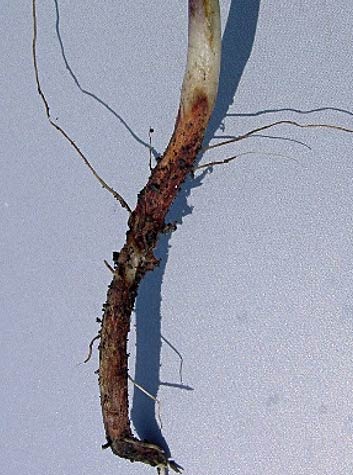
Figure 7. Red discoloration at soil line due to Rhizoctonia solani.
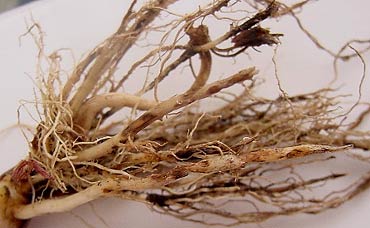
Figure 8. Cankers in roots due to rhizoctonia root rot.
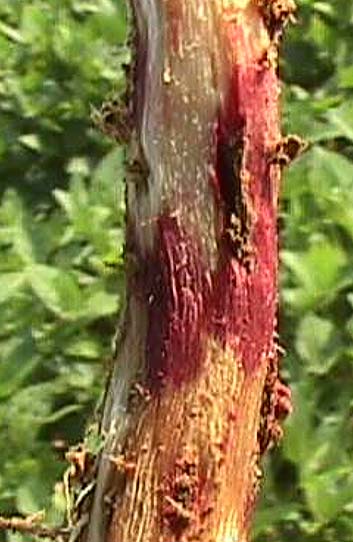
Figure 9. Close up of red discoloration due to Rhizoctonia solani.
Phytophthora Root and Stem Rot
- Caused by the soil-borne fungus Phytophthora sojae (also known as Phytophthora megasperma f.sp. glycinea).
- Associated with wet soil conditions.
- Commonly occurs on heavy, poorly drained or compacted soils.
- May occur on any soil saturated for an extended period of time.
- Displays seed rot, seedling blight and root/stem rot phases.
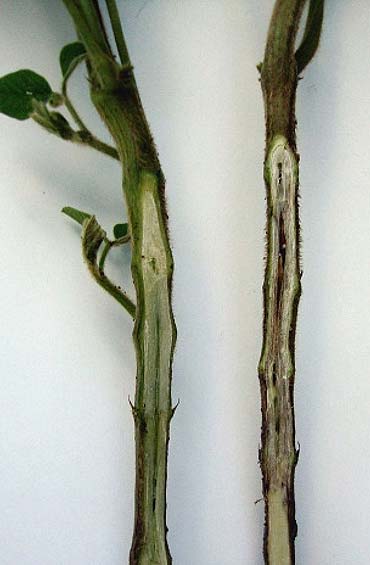
Figure 10. Phytophthora infected soybean on right, compared to a healthy soybean on the left. Note the dark brown lesion.
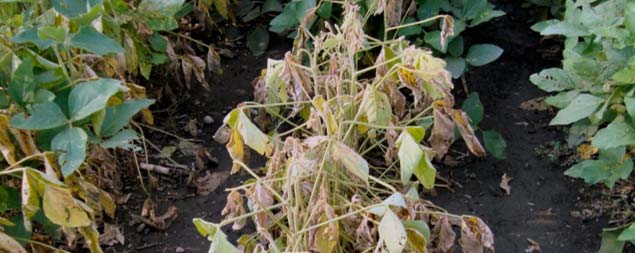
Figure 11. Soybean plants wilted due to Phytophthora rot.
Cercospora Leaf Blight and Seed Stain
- Caused by the fungal pathogen Cercospora kikuchii, which attacks both the leaves and the seeds of soybeans.
- Favored by warm and wet conditions.
- The disease is spread as spores are blown or splashed onto soybean plants from infected residue, weeds or other soybean plants.
- Leaves will have a general bronzing to purpling discoloration.
- Seeds are infected through their attachment to the pod. Infected seeds may show a pink to pale or dark purple discoloration.
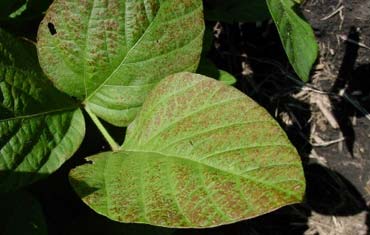
Figure 12. Bronzing on leaves due to Cercospora.
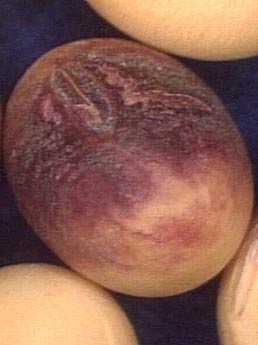
Figure 13. Cercospora seed stain on soybean.
Frogeye Leaf Spot
- Frogeye leaf spot, Cercospora sojina, is most common in the mid-South, Mississippi Delta, and Southeastern soybean growing areas.
- Disease development is favored by warm, humid conditions and frequent rains following disease onset can lead to serious epidemics.
- The center of lesions become light brown to light gray, and the border remains dark.
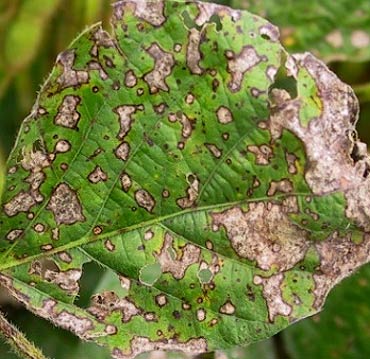
Figure 14. Frogeye leaf spot on soybean.
Viruses
- An increase in vector populations can increase the chance of viral infections in soybean fields.
- Soybean mottle virus is vectored by bean leaf beetle.
- Soybean mosaic virus is vectored by aphids.
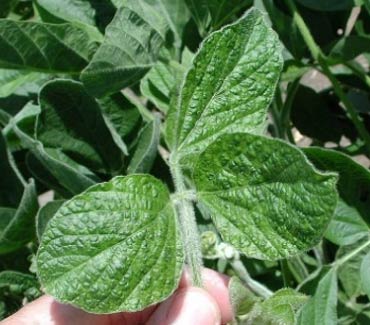
Figure 15. Soybean leaf with symptoms of bean mottle virus.
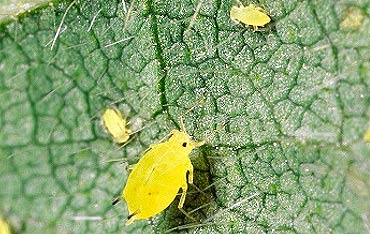
Figure 16. Aphid feeding on soybean leaf.